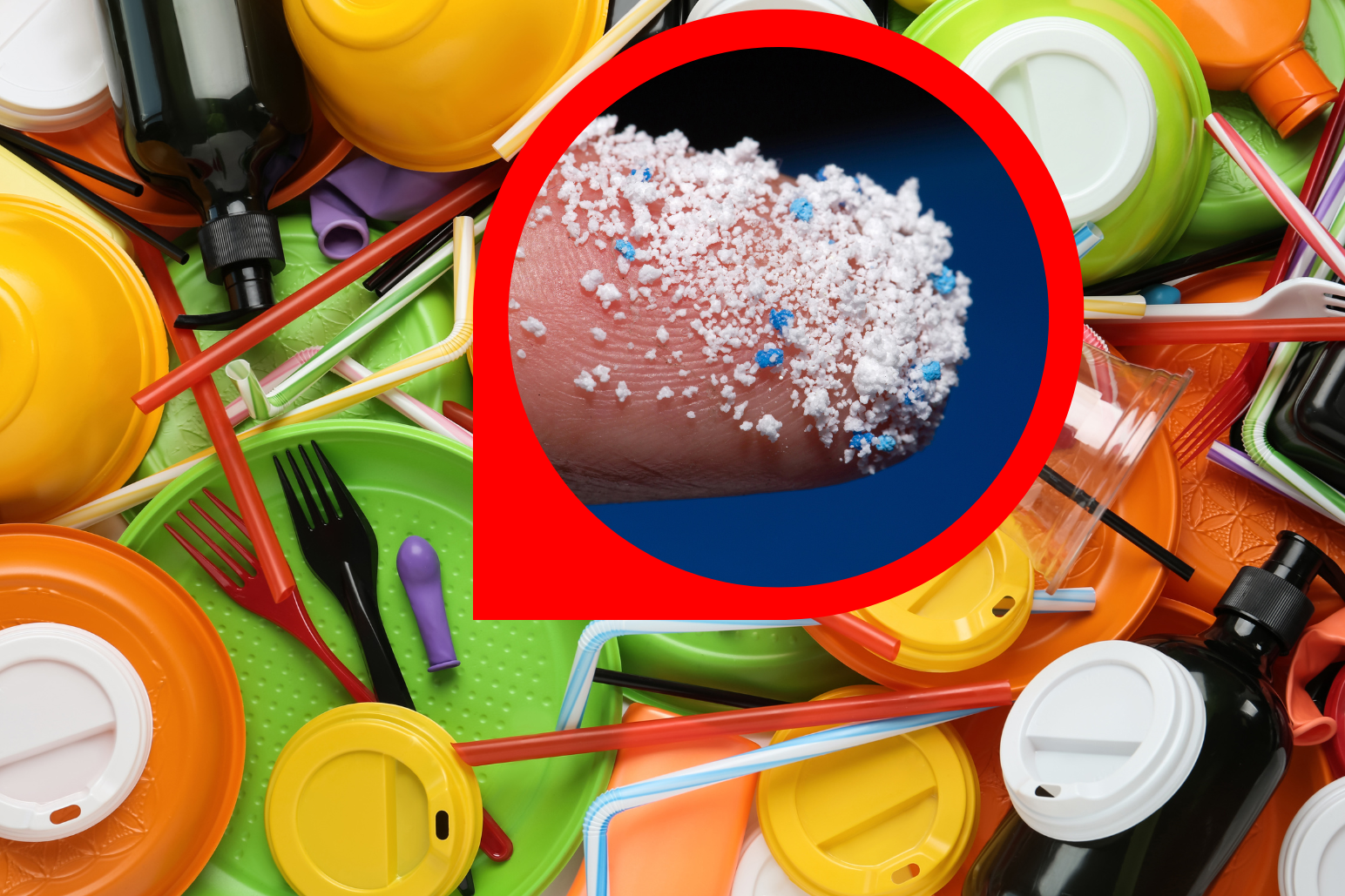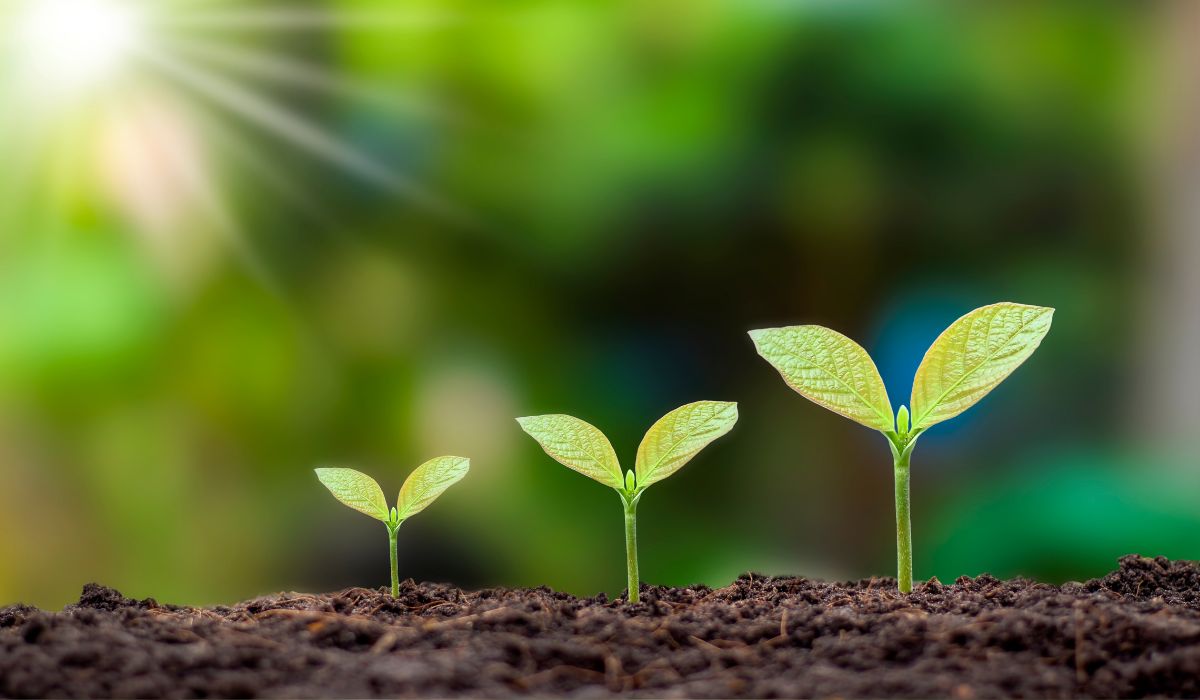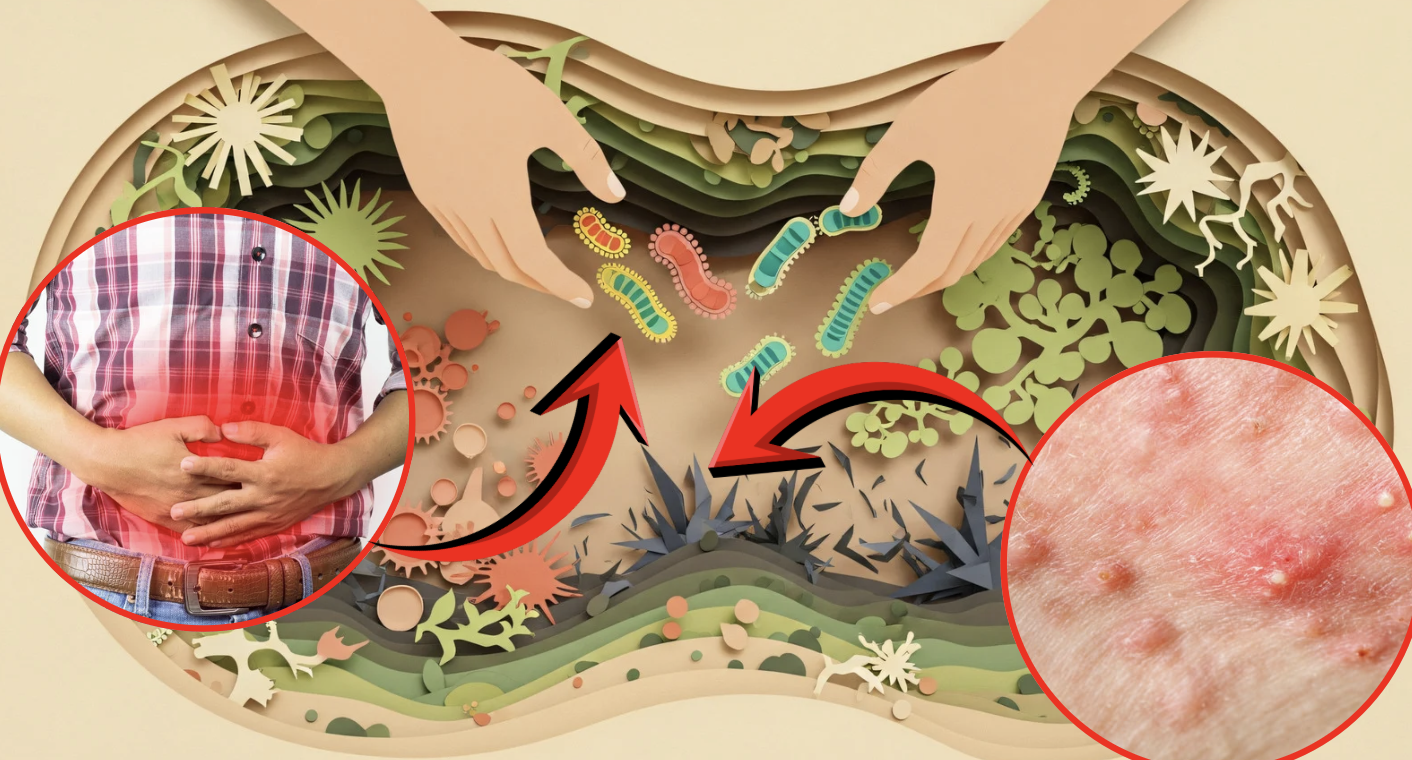Microplastics are tiny plastic particles less than five millimetres in length, often invisible to the naked eye. These particles have become an alarming environmental issue, as they are found in oceans, rivers, soils, and even in the air we breathe. Microplastics are primarily a result of larger plastic items breaking down over time, but they can also be manufactured as small particles for use in various products like cosmetics, cleaning agents, and even in clothing fibers.

What Are Microplastics?
Microplastics are typically categorized into two types:
- Primary Microplastics: These are small plastic particles that are directly manufactured to be small. Examples include microbeads found in personal care products like exfoliating scrubs and toothpaste, as well as plastic pellets used in industrial processes.
- Secondary Microplastics: These arise from the breakdown of larger plastic items, such as plastic bottles, bags, and fishing nets. When exposed to UV radiation from the sun and mechanical wear from ocean currents or weathering, plastics fragment into smaller pieces, eventually becoming microplastics [1].
Why Are Microplastics a Problem?
Microplastics pose a significant threat to ecosystems, wildlife, and human health. Here are a few reasons why:
- Environmental Impact: Microplastics can be ingested by marine organisms, such as fish and plankton, which can lead to physical harm, disrupted feeding, and even death. These particles can accumulate in the food chain, eventually reaching humans [2].
- Toxicity: Many microplastics contain harmful chemicals, such as pesticides, flame retardants, and plasticizers, which can leach into the environment and accumulate in organisms over time. These chemicals can have detrimental effects on reproductive health, immunity, and overall vitality.
- Persistent Nature: Microplastics are incredibly durable, which means they don’t easily decompose. This leads to their accumulation in natural environments, where they can persist for hundreds or even thousands of years.
How Do Microplastics Affect Us?
Although microplastics are primarily seen as an environmental issue, their presence in our daily lives has growing concerns for human health as well:
- Food Chain Contamination: Through the consumption of contaminated seafood, humans can ingest microplastics. These particles may also be found in other foods, such as honey, salt, and drinking water [3].
- Airborne Microplastics: Tiny plastic fibers, often from synthetic textiles, can be released into the air and inhaled. Studies have shown that we might be unknowingly breathing in microplastics, though more research is needed to understand the full implications.
- Health Risks: There are still many unanswered questions about how microplastics affect human health. However, some studies suggest that they could cause inflammation, tissue damage, and disrupt endocrine functions in humans. More research is essential to fully comprehend the risks they pose.
The Global Scale of the Issue
The accumulation of microplastics is not limited to a single region or environment. They have been found everywhere, from the deepest parts of the ocean to the peaks of Mount Everest. Even remote areas of the Arctic are now contaminated with plastic pollution, highlighting the widespread nature of this issue. The movement of microplastics is facilitated by ocean currents, wind patterns, and wildlife, which transport them across vast distances.
Joe Rogan Discusses Microplastics: Watch the Video
In this insightful video, Joe Rogan discusses the pervasive problem of microplastics, their environmental impact, and potential solutions. He delves into how microplastics have become an alarming issue that affects ecosystems, wildlife, and even human health. It’s a must-watch for anyone looking to understand the full scope of this issue.
What Can We Do to Combat Microplastic Pollution?
Tackling microplastic pollution requires a multifaceted approach that involves both prevention and clean-up efforts. Here are some steps we can take to reduce microplastic contamination:
- Reduce Plastic Use: The most effective way to combat microplastic pollution is to reduce the amount of plastic we use in our daily lives. Using reusable items, avoiding single-use plastics, and opting for eco-friendly alternatives can significantly decrease plastic waste.
- Proper Waste Management: Ensuring that plastic waste is properly disposed of and recycled can prevent it from breaking down into microplastics. Governments and industries should improve waste management infrastructure to curb plastic pollution.
- Support Research and Innovation: Supporting research into the environmental impact of microplastics and innovations for sustainable materials can help to reduce our reliance on plastics and develop cleaner alternatives.
- Educate and Advocate: Raising awareness about the issue and advocating for stronger policies on plastic production and waste management is crucial. Consumers can also choose products that are plastic-free or that use biodegradable alternatives.
Final Words
Microplastics are a growing environmental and health threat that requires immediate action. By understanding the issue and taking steps to reduce plastic waste, we can help protect our ecosystems, wildlife, and our own well-being. The future of our planet depends on the changes we make today to combat plastic pollution.
References:
- Browne, M. A., Crump, P., Niven, S. J., Teuten, E., Galloway, T., & Thompson, R. (2011). “Accumulation of microplastic on shorelines worldwide: sources and sinks.” Environmental Science & Technology, 45(21), 9175-9183. https://pubs.acs.org/doi/abs/10.1021/es201811s
- Jambeck, J. R., Geyer, R., Wilcox, C., Siegler, T. R., Perryman, M., & Andrady, A. L. (2015). “Plastic waste inputs from land into the ocean.” Science, 347(6223), 768-771. https://www.science.org/doi/10.1126/science.1260352
- Smith, M., Love, D. C., Rochman, C. M., & Neff, R. A. (2018). “Microplastics in seafood and the implications for human health.” Current Environmental Health Reports, 5(3), 375-383. https://pubmed.ncbi.nlm.nih.gov/30116998/





